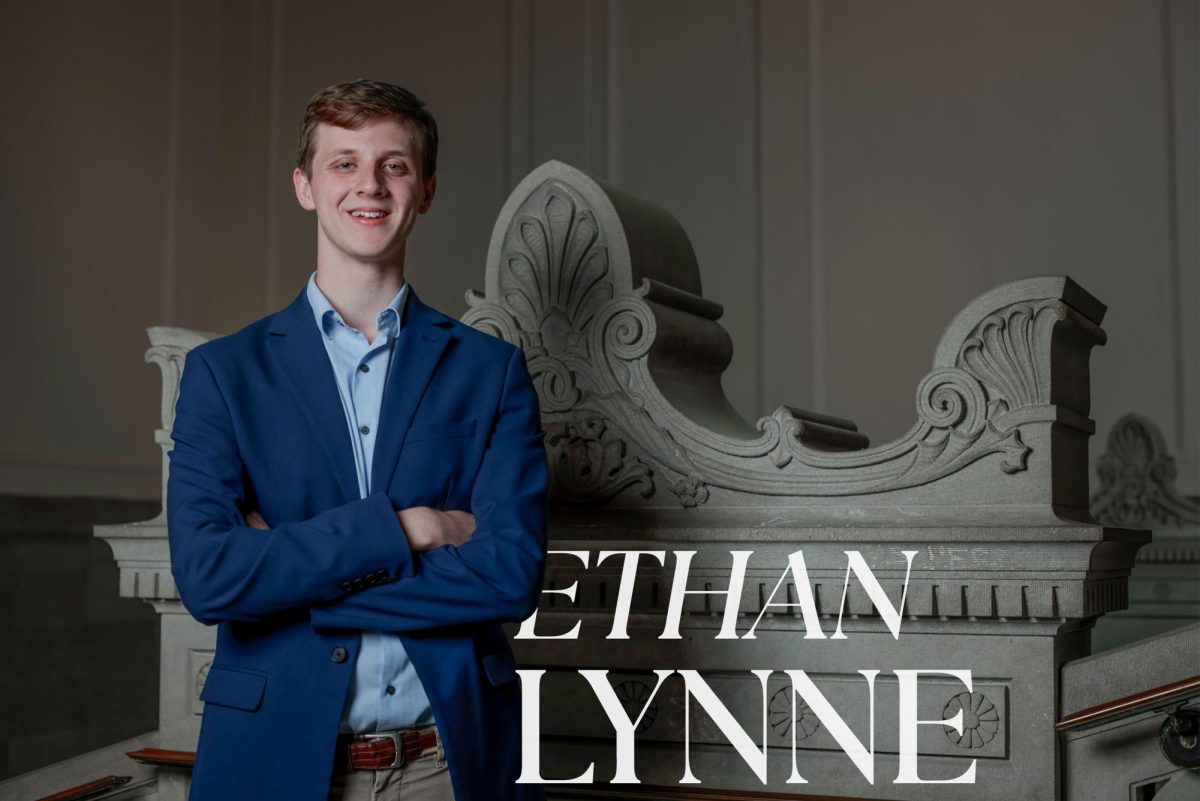GW students, faculty and staff performed more than 52,000 hours of community service in the District last year, and University officials are brainstorming ideas for a database that maps such volunteerism in the area.
Administrators plan to create a comprehensive program that will combine data to produce a map showing where GW has engaged in community service and service learning – which includes classroom instruction with volunteering.
“It was almost overwhelming to see just the diversity and number of partnerships in the surrounding counties,” said geography professor Lisa Benton-Short, who is helping develop the project. “It really showed how the University has a very important and significant presence in the surrounding community.”
The objective of the project is to create a system that will become a user-friendly, automatically updating graphical representation of community service, said Michael Akin, director of international, government and community affairs.
By mapping out where GW gives back to D.C. and making the information readily accessible, project organizers hope it will provide recognition for the service work of students and faculty. Akin said community service hours performed by members of staff and students last year were estimated to equal about $1.5 million in labor hours.
The University is also considering the implementation of software that would help students use the database’s information in their resumes, he said.
The project remains just an idea on how to improve the “service” arm of University President Steven Knapp’s initiatives, and its implementation is still pending review from the Board of Trustees.
The project requires cooperation from several departments across the University, including the Office of Community Service and the geography department. Benton-Short has already completed extensive work toward the service mapping project’s development.
For Knapp’s inauguration, she helped lead an effort to map the community partnerships the University had developed. She said the maps serve not only as an impressive monument to service already completed, but also identify areas where more partnerships are needed.
Benton-Short’s mapping revealed more than a thousand partnerships between GW and various nonprofit organizations, federal agencies and other service-oriented groups.
Still, she views her prior mapping as a “good first step.” Benton-Short said she hopes future mapping will include international areas where service-learning partnerships have already been established by GW students and faculty.
She said service mapping “is a way for GW to reach outward and let people know the ways that it is interacting and helping the community.”





